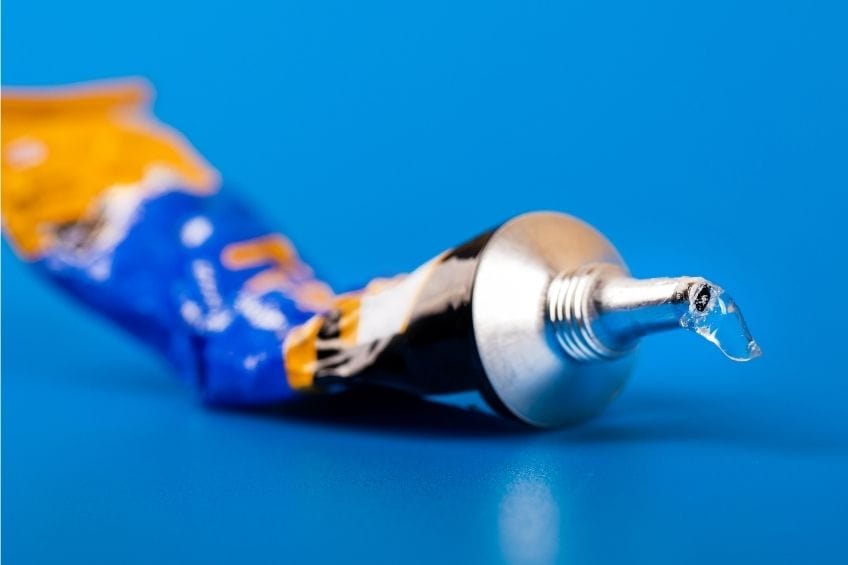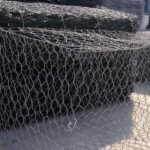Legend has it that a few drops of superglue can suspend a two-ton truck in the air! Superglue is indeed strong but does it live to defend this statement?
Superglue is one of the strongest and fast-drying adhesives that was invented in 1948 by Dr. Harry Coover. It was an accidental invention, but in current industrial and home DIYs, the glue has proved to be a perfect companion. Here is everything you need to know about superglue.
The strength of superglue
Superglue is in an incredibly strong adhesive. Chemists argue that the glue’s complex chemical compound, cyanoacrylate, has unique characteristics that when it dries, it forms a strong bond. These characteristics also push superglue to the edges of industrial applications, whereby it can be used by almost all materials and in any surrounding.
How super glue bonds
The process of superglue bonding begins when the cyanoacrylate molecules come into contact with humidity.
Like other resin glues, the water particles in the air cause the cyanoacrylate to heat up and cool down very fast. The heat releases energy which fuses glue particles together, forming mesh-like plastic strands.
Initially, the strands of plastic mesh will be mobile, but as the glue absorbs more water, they strengthen, forming an inseparable bond. However, if there isn’t enough moisture in the immediate environment, the adhesive will not harden. So ensure you are using the glue in a moist room during winter or harsh summer when the air is extremely dry.
How long does superglue take to bond?
Superglue forms a lasting bond within a few seconds. But when using the glue on plastic, rubber, and metals, allow it to cure for 24 hours. The curing process is slow despite the glue forming a bond almost instantly because moist air takes longer to reach the heart of the surface unabsorbed to complete the reaction.
How to use superglue
Superglue works very effectively when applied in small drops, just enough to create a thin and uniform layer. To achieve the best results, follow this procedure;

1. Clean the surfaces you intend to bond together
Cleaning removes impurities and loose particles, which will otherwise affect the final results. Also, during cleaning, you flatten the surfaces, which will improve the compatibility of the materials you are gluing together.
2. Apply and spread a few drops of the glue on the surfaces
You should use super glue sparingly to attain the best outcomes. In our simple guide, we advise folks to use a drop of glue per square inch of the surface. This will produce a thin surface that quickly dries out.
3. Stick the two surfaces when the glue is still fresh and wet
Here, time is of the essence; therefore, any delay will cause the glue to harden before bonding the two surfaces. Stick the surfaces together as soon as possible when the glue is still wet. Finally, wipe out excess glue before it forms a hard scab.
Which materials use superglue?
As much as superglue is an all-purpose mule when we talk of adhesives, it does not work with all materials. Here are some of the materials that will stick together very well when using superglue.
- Leathers
- Metals
- Ceramics
- Plastics
- Vinyl
- Rubber
Precautions to observe when using superglue
- Avoid wet and oily surfaces; they will prevent the glue from bonding
- Don’t allow children to use the glue
- Do not use overstayed superglue
- Do not use the glue on flammable materials
Superglue can convert a dead antique pot into an artistic masterpiece; you only need to correct everything. Use the glue sparing on clean surfaces and in a moist room. Find a full line of super glue from Gluegun.com.






